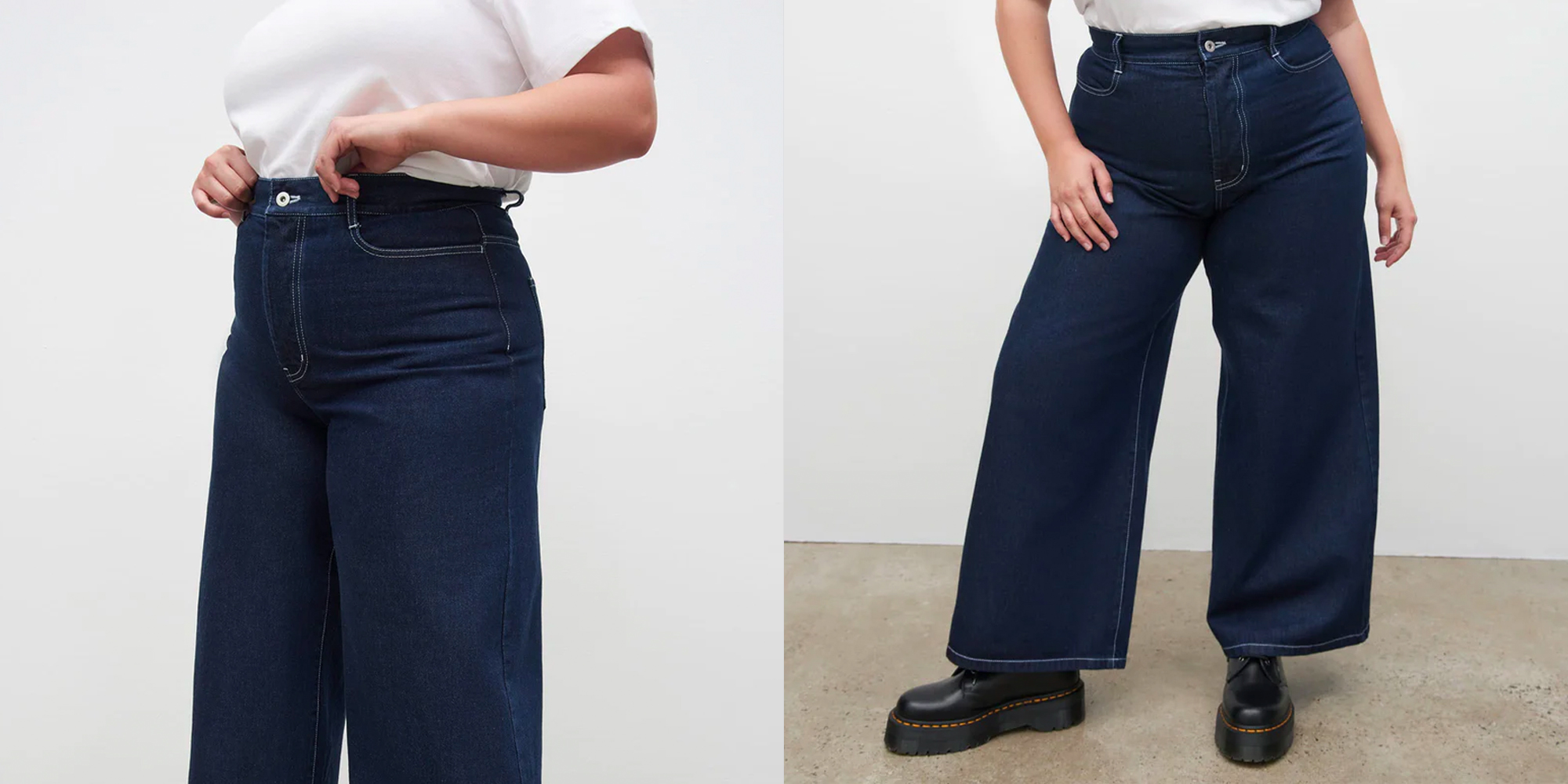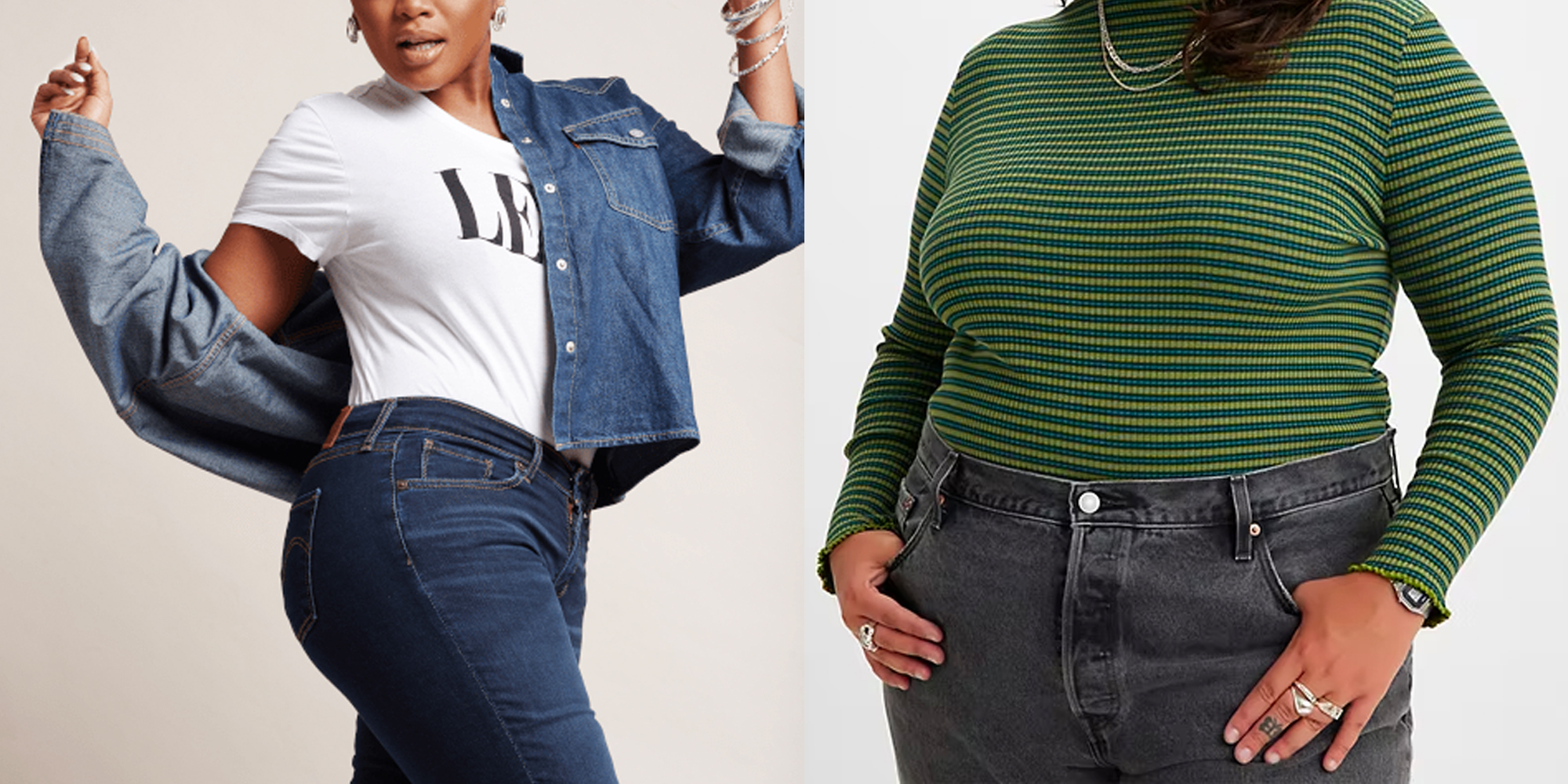Our editors curate highly rated brands that are first assessed by our rigorous ratings system. Buying through our links may earn us a commission—supporting the work we do. Learn more.
Did you know that the clothing sizing system in the US is based on a study that a bunch of white men from the US Department of Agriculture conducted decades ago? If this enrages you, read on to discover the history behind this outdated system, as well as conscious brands in the industry actively working to modernise it.
The fashion industry has an outdated sizing system
Nalga, bum, culo, booty—whatever your favourite term of endearment is for your lovely “behind,” the fashion industry seems to think that only one kind of shape is worth making denim for. As a petite Latina, the sheer lack of sizing accuracy makes it extremely difficult to find a solid pair of jeans—it’s always too long, with a big gap in the back, too scrunched, or so tight in the thighs that I feel like I might topple. No matter how you identify, if you’ve gone out to buy a pair of jeans, you’ve most likely felt the experience was exhausting, frustrating, and anxiety-inducing. But, how did we get here, and why is it so difficult for denim to be properly sized?
Let’s start with a bit of history. As the Wall Street Journal reports, most apparel in pre-industrial America and much of the world was “made-to-measure” at home or by professional dressmakers and tailors. Yet, it wasn’t until after the turn of the century and the industrial manufacturing boom, that women’s ready-to-wear clothing took off. In fact, by the end of that decade the U.S. Department of Agriculture conducted the first large-scale study of women’s body sizes. These largely white, male technicians took 59 measurements from about 15,000 also mostly white women.
Then in the late 1940s, the Mail-Order Association of America, representing catalogue businesses including Sears Roebuck, enlisted the help of the National Bureau of Standards—now the National Institute of Standards and Technology—to reanalyse the sizing, often using the measurements of women who had served in the air force, creating a 1958 standard that was largely arbitrary. Sizes ranged from 8 to 38 with height indications of tall (T), regular (R), and short (S), and a plus or minus sign when referring to girth.
Fast forward a few decades, and we have the advent of “vanity sizing”—or the idea that clothing brands mislabel their products to encourage consumption and consumer approval. This psychological tactic occurs when the labelling of clothes, in this case denim, indicates a smaller size than the actual cut of the item. In other words, those size 4 jeans might really be closer to size 8, and perhaps even bigger.
Let’s be clear—whether brands engage in vanity sizing or simply make clothes for certain body types (cough cough Brandy Melville and Abercrombie), the actual sizing system is still thoroughly outdated and inaccurate. And while the body positivity movement has made significant progress in representation in the media and celebrating a diversity of body types, it still feels like denim for curves is hard to find, especially in the sustainability space.



























